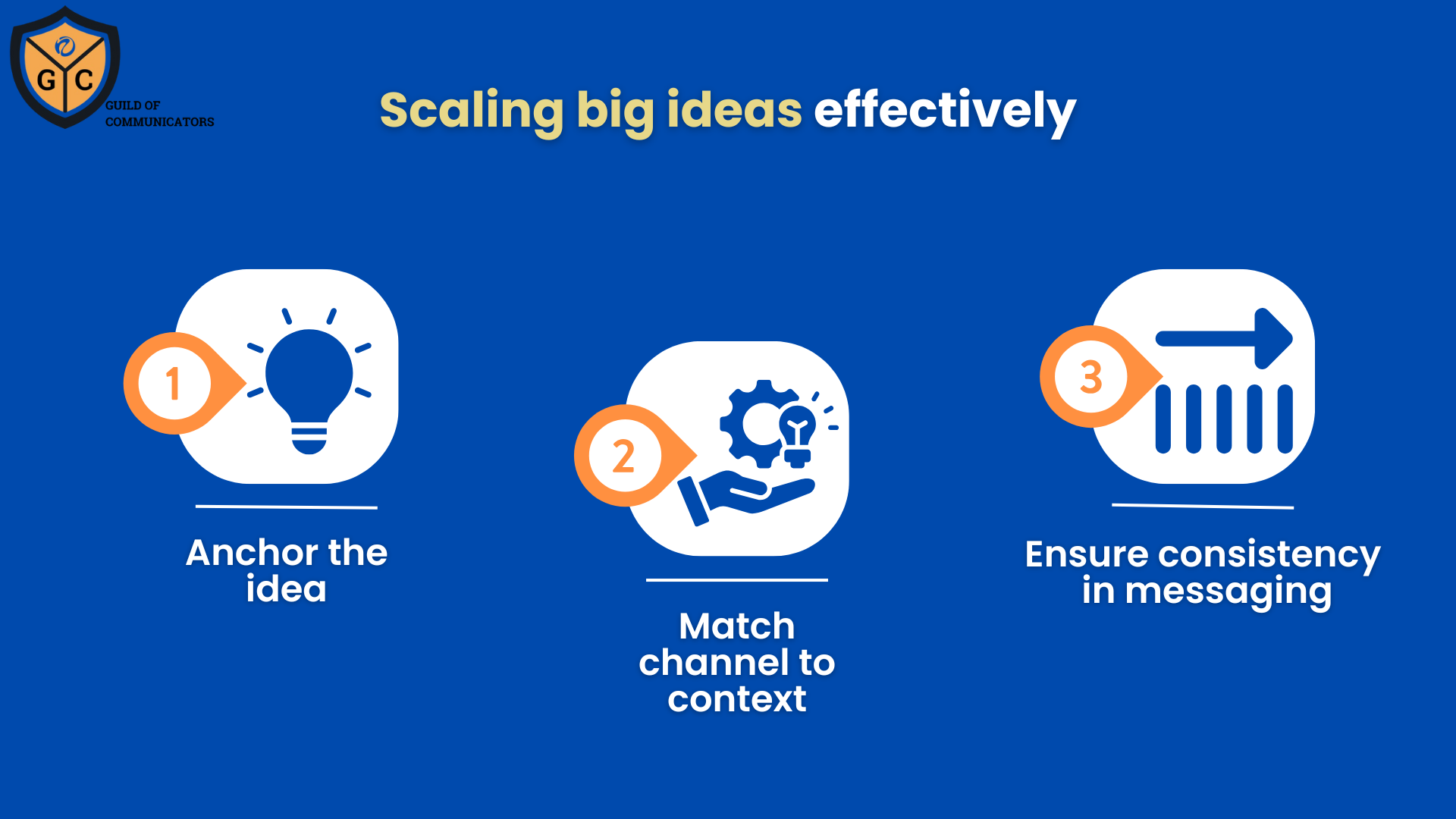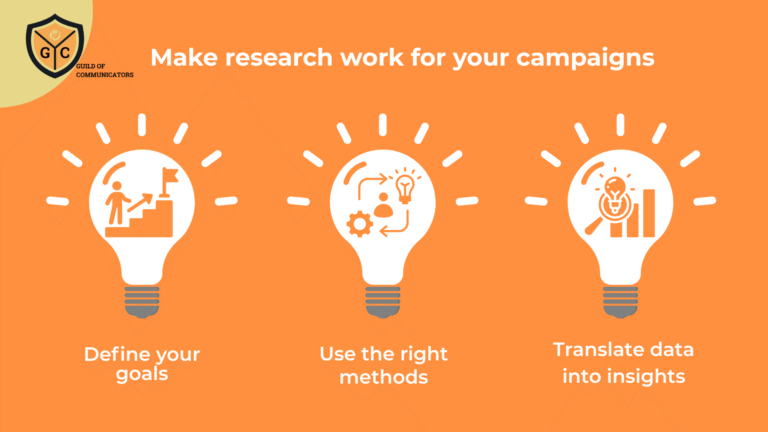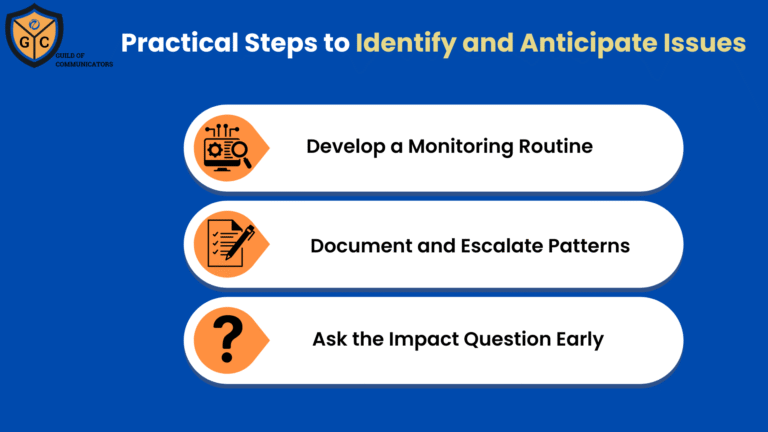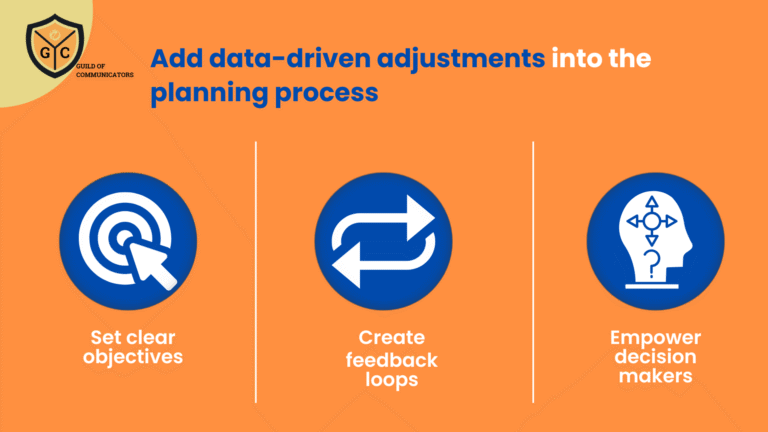The promise of scale has always appealed to communicators. Whether we’re raising awareness, shifting perceptions, or influencing behaviour, reach is often seen as a marker of success.
In recent years, that desire for scale has led many teams to focus heavily on digital platforms. We want to believe them to be the most efficient, effective, and measurable way to execute our campaigns.
But there’s a problem with this mindset. When scale becomes the primary objective, the role of the idea itself can become secondary. Communicators may end up designing for algorithms instead of audiences, formats instead of understanding, and outputs instead of impact.
Big Ideas Go Beyond the Channel
Big ideas are essential tools for communicators. They help anchor a campaign, give meaning to messages, and create cohesion across formats and teams.
A strong idea brings clarity and structure to your work—whether you’re delivering a single public announcement or building a long-term engagement programme.
That’s why format and channel should never be the starting point. A useful idea must work across settings: online and offline, formal and informal, visual and verbal. When a concept resonates clearly, it holds attention and invites action—regardless of how it’s delivered.
While digital tools offer obvious advantages, communicators must avoid thinking of ideas only in terms of how they can be scaled online.
The core role of a big idea is to guide how we connect with audiences. Sometimes, that connection is most effective when it starts or stays offline.
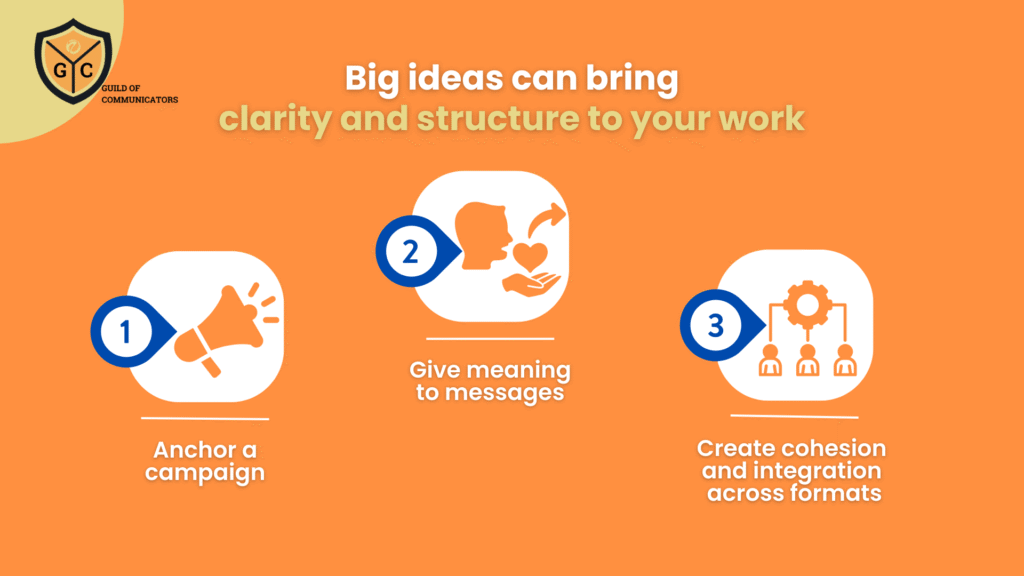
The Allure of Going Digital
Digital channels are attractive for many reasons. They offer fast ways to test messages, deliver content at scale, and report outcomes through trackable metrics. Dashboards, performance analytics, and audience insights have become core tools for modern communication planning.
When time and resources are limited, online platforms often feel like the easiest way to make ideas visible. Social media, paid placements, and influencer partnerships give the impression that reach is automatically equal to impact.
Communicators may assume that if an idea is live on digital channels, it has already succeeded. However, that assumption overlooks whether the audience is engaging, understanding, or responding in meaningful ways.
Ease of use should not be confused with effectiveness. Just because digital platforms simplify distribution doesn’t mean they guarantee attention or resonance. Without a relevant, well-developed idea at the centre, digital execution often feels forgettable, even when it looks successful on the surface.
Online Isn’t Always Best
Communicators should question whether all big ideas need to be scaled digitally. In some cases, the audience may be better reached through in-person conversations, printed material, community networks, or other offline formats.
Choosing the right mix depends on context: the idea itself, the audience’s preferences, and the specific communication goals.
Hybrid approaches often work best. A campaign that starts with a strong in-person engagement or an internal staff briefing may gain more traction when it later appears online. In contrast, launching a digital-first campaign with no offline reinforcement can lead to low recall and limited trust, especially with audiences who prefer personal connection or localised content.
Ultimately, the right question is not “how can we make this go viral?” but “how should this idea live in the real world?”
Communicators should decide where and how to deploy ideas based on where their audiences are; not just where their platforms are.
Why the Digital Bias Persists
There are two common reasons why communicators over-rely on digital channels: anchor bias and cognitive bias. These are often unconscious habits that shape how strategies are developed, especially for those who have grown up using personal online platforms.
Anchor bias occurs when we rely too heavily on what we know best. For digital natives, this often means starting every campaign with social media, paid digital ads, or influencer-led content because those are the most familiar tools. That anchoring can limit exploration of other formats that may work better for the message or audience.
Cognitive bias also plays a role. Communicators may wrongly assume that all audiences behave like them—consuming information online, scrolling often, and trusting digital content. The truth is, different audiences have different media habits.
Offline channels may still be dominant in some communities or sectors. Ignoring this variation can lead to poor targeting and wasted effort.
By recognising these biases, communicators can challenge their own defaults. A more balanced approach starts with audience insight and ends with a deliberate channel strategy—not the other way around.
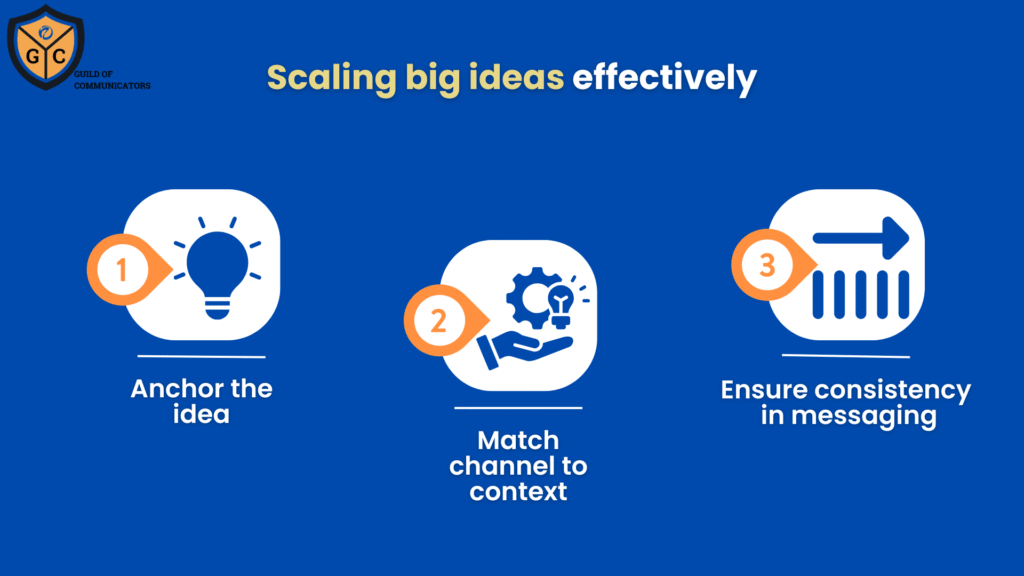
Three Practices to Scale Smart
If the goal is to scale a big idea effectively, communicators should aim for more than just reach. Simplicity, relevance, and adaptability must remain central to the execution—regardless of channel.
Here are three ways to do that using a hybrid approach:
- Anchor the idea first. Before thinking about format or channel, test whether your idea can be explained in one sentence and applied to multiple settings. If it can’t, refine it before scaling.
- Match channel to context. Consider where your audience is most open to receiving messages. Use offline formats when the setting demands it—such as internal staff briefings, community engagement, or printed collateral—and scale online when it supports reinforcement and amplification.
- Ensure message consistency. Whether online or offline, the core message should stay consistent in tone, intent, and structure. This builds familiarity, reinforces key points, and increases the chance of recall and action.
Digital channels are powerful, but they are not automatic solutions.
Big ideas succeed when they’re shaped by audience needs and supported by channels that make sense. That’s how communicators move from output to outcomes—by using every tool, not just the most visible one.
*****
Join the Guild of Communicators at www.gocommunicators.com.
The Guild of Communicators (Go Communicators) stands as the preferred community for communicators seeking to elevate their craft. Through our Academy of Excellence, we provide best-in-class frameworks, fit-for-purpose resources, and opportunities that support members in achieving professional excellence.
We provide the following resources, tools and opportunities to members:
- Best-in-Class Resources: We provide our members with access to frameworks, playbooks and tools that empower them to achieve and maintain professional excellence.
- Continuous Learning and Growth: Through our comprehensive training programmes, workshops, delivered digitally, 24/7 and in-person, we support the ongoing professional development of communicators.
- A Supportive Network: GOC fosters a vibrant community where communicators can connect, collaborate, and support each other, creating a network that champions mutual growth and success.
- Shared Knowledge and Expertise: Our members benefit from the collective wisdom and experience of a diverse group of communication professionals, enhancing their skills and perspectives.
Go Communicators is dedicated to amplifying the impact and value that communicators bring to their organisations, highlighting their crucial role in driving success and growth.
We equip our members with the strategies and tools needed to become influential leaders and business partners within their organisations, enhancing their ability to drive positive change and outcomes.
Through our support and resources, communicators can demonstrate clear, measurable outcomes that showcase their value and impact, reinforcing their importance to their organisations.
Join the Guild of Communicators at www.gocommunicators.com
Subscribe to join over 1500+ communicators and brands getting value every Tuesday while reading A Communicator’s Perspective, our weekly newsletter.

